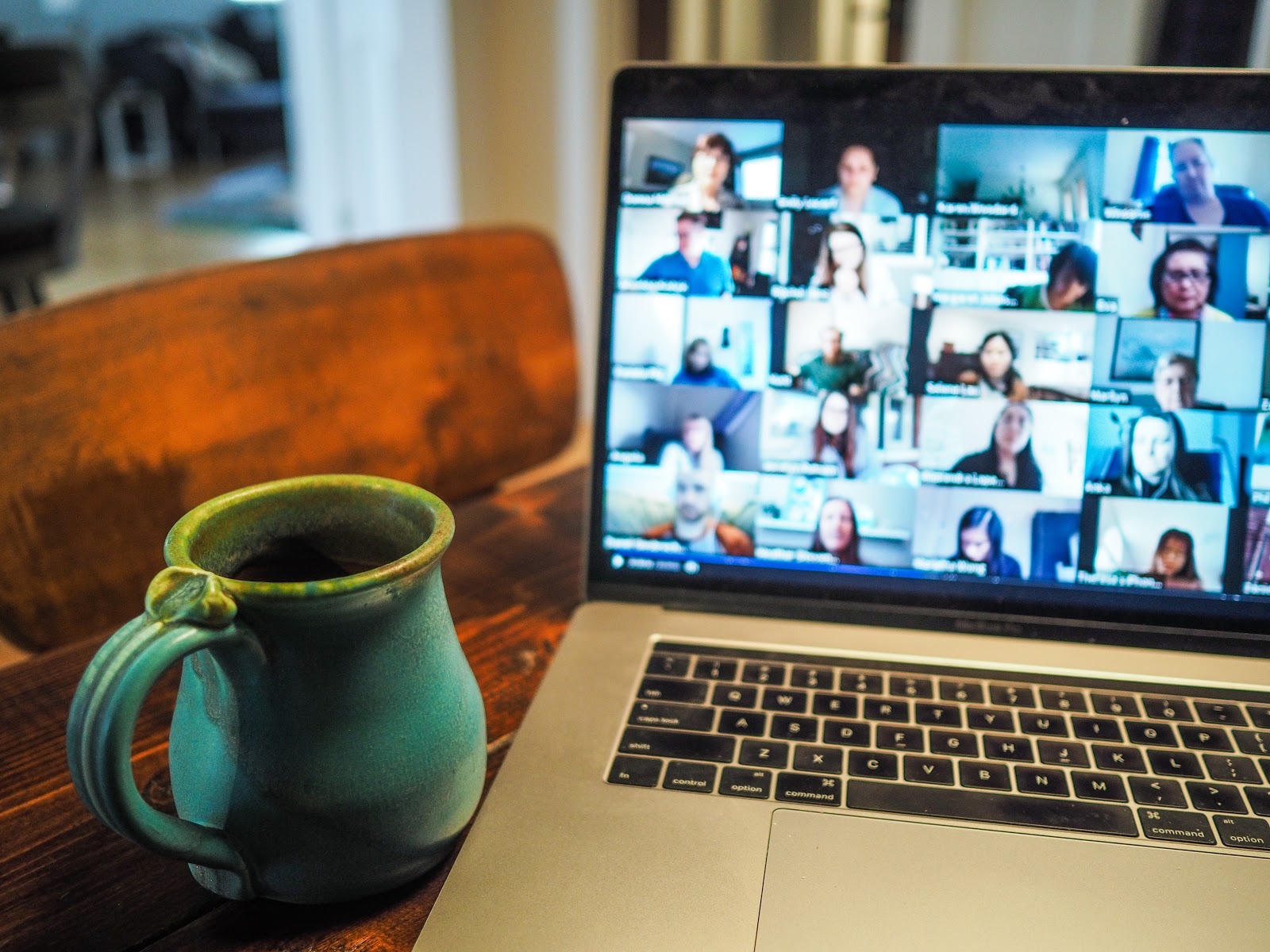How to combat Zoom fatigue
By Mimi Cooper

Our lives these past 11 months have been full of changes — one being that almost all in-person events, classes and meetings are now via Zoom. Although Zoom has been a productive and effective tool for virtual life, it can be exhausting spending hour upon hour looking at a screen.
Zoom fatigue is a very real thing. It is described as “the tiredness, worry or burnout associated with overusing virtual platforms of communication,” according to Psychiatric Times.
Here are some tips from UGA PRSSA on how to combat Zoom fatigue.
- Set boundaries for yourself
With all things virtual, students are learning from home and Zoom meetings take up the majority of our days. Then perhaps another meeting for work or a student organization pops up afterwards. It’s exhausting spending hours in your room staring at the screen, so it’s important to set boundaries for yourself. Don’t let your class and home life have blurred lines; focus on school during class hours and designated studying hours, but shut it off once you’re done. Set aside an amount of time of your day, such as work hours, and take time to turn off the computer and indulge in self care once the day is over.
- Take necessary breaks
Similar to avoiding blurring lines between school and home, remember to take necessary breaks you feel you need. Don’t schedule back-to-back meetings on top of your classes and overwork yourself; take breaks throughout the day. Make time in your day to relax and take a few minutes for yourself. Try out these productive break ideas:
- Walk around your room, or outside if there’s time. Be sure to exercise a few times a week, especially if you are spending the majority of your days sitting in a chair.
- Grab a healthy snack or some water to keep up your energy.
- Say hi to a roommate or family member in your household to switch up from only virtual interactions.
- Use speaker view
Most people tend to love the gallery view on Zoom. It feels like a relaxed classroom setting where you can see everyone’s faces. However, it doesn’t do you good when you’re focused on multiple faces, instead of the speaker’s. Try switching to only look at one person (the speaker) and see if your concentration increases. This will make your day more productive and get you off of Zoom and your computer quicker.
- Stop staring at yourself in the viewbox
This suggestion is mostly for myself, but I know it applies to other people as well. For me, one of the biggest problems on Zoom is the self-view feature. It’s distracting to stare at yourself all day during classes or meetings. During normal life, we are not used to looking at ourselves 24/7 and it can cause distraction and anxiety as we worry about how we are perceived by others. To prevent this, block the self-view feature. Turn off your camera when you are able, and when you aren’t, hide your face with a post-it note.
- Explore other options
There’s a meme that explains this tip perfectly: “this could’ve been an email.” If you happen to be hosting the meeting, don’t schedule a Zoom if you don’t have to for the sake of the attendees. Of course, most Zooms are scheduled for you (including classes and work meetings), but if there’s no need to see someone’s face in a meeting, avoid it. Try just sending an email, Slacking a message or making a phone call. All of these options are efficient and productive, and don’t have you staring at your screen for hours on end.
Zoom is in our lives for the time being and may not go away even after we start to meet in person again, so help yourself out by trying to prevent Zoom fatigue through these tips. It might take time to adjust to new things, but they are only for your benefit. Try them out and see what works for you and what doesn’t!